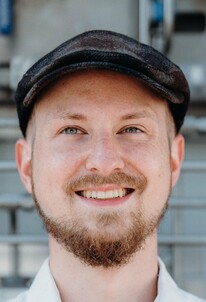Research project
Underground Sun Conversion - Flexible Storage
In a future energy system, we will have too much renewable energy in summer and too little in winter. Seasonal storage facilities are therefore in demand. The USC - FlexStore project is investigating whether underground methanation could counteract this problem. Renewable hydrogen and carbon dioxide are pumped together into the ground, where naturally occurring microorganisms convert the two substances into methane, the main component of natural gas.
"Underground Sun Conversion" is a project on geo-methanation - a technology, which stores renewable energy seasonally and on a large scale. In summer, surplus renewable electricity is converted into hydrogen (H2). This is then stored together with carbon dioxide (CO2) in underground reservoirs at a depth of over 1000 metres. There, microorganisms called archaea are found, which convert hydrogen and CO2 into renewable methane (CH4) through their metabolism. The methane produced down there can then be withdrawn from the reservoirs in winter and used in a variety of ways as CO2-neutral natural gas. The technology is patented by the Austrian energy company RAG Austria AG.
Austrian and Swiss energy companies and research institutions have now joined forces to further develop the technology. In a project funded by the European research framework programme ERA-Net and in this country by the Swiss Federal Office of Energy (SFOE), the technical and economic potentials in Switzerland and Austria are being explored. In Switzerland, the energy company Energie 360°, Empa, the University of Bern and the Easter Switzerland University of Applied Sciences OST are involved. The collaboration is expected to result in a map of possible locations for the application of the geo-methanation technology.
Duration: 01.12.2020 - 31.05.2023
Partner:
RAG Austria AG, Energie 360 Grad AG, Empa, Universität Bern, Universität für Bodenkultur Wien, WIVA P&G



